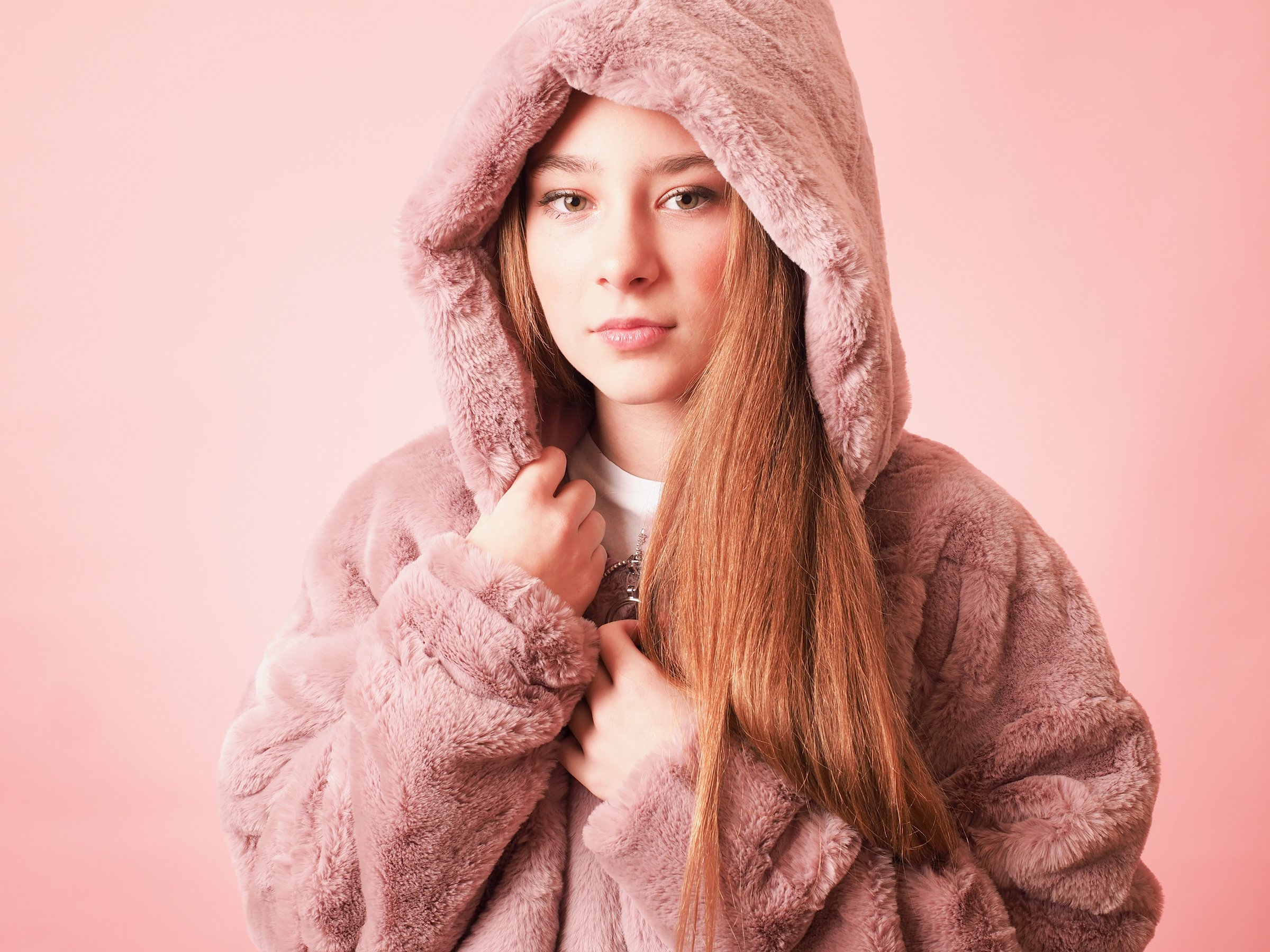How to talk “filters” with your tweens & teens
When talking about filters, I think it’s really important that we make it clear that they are not real and we turn the use of them into a form of play so that we can both promote and educate the difference between what is real life and what is a computer generated image. The filters available can be fun - such as the bunny rabbit ears or sparkly cat eyes - but the more “realistic” filters of skin soften, teeth whitening and face reshaping can become obsessive for our 21st century selves when our western culture has been programmed so much to showcase and comparative natures over the last 20 years.
We’d be silly to dismiss the role social media has in our western based lives and even if you don’t have an account there are, quite literally, millions of people around both you and your child(ren) that do, meaning that our tweens and teens are going to be exposed to it. There’s the obvious such as setting examples with your own behavious, limiting screen time and remaining vigilant on your child(ren)’s social media and app usage. However, we also know that this is easier said than done! So here are a couple of tips I have, for you, on how to promote positive outlooks on self and body image amongst our own tweens and teens
Compliment their style, not their appearance
stock image
We all know that receiving a compliment on how we look can create a little “feel good” moment during our day! The use of language with young people is really important, though. Instead of saying “I like your hair” try complimenting the item they’ve chosen to accessorize with. For example “I love your headband”. If there’s no definite accessory (let’s be honest, not all boys enjoy wearing headbands!) try a conversation starter “have you done your hair differently?” and when they shrug their shoulders or say “no” add to this with a positive “it’s looking really good, today”. Notice that I’m adding emphasis to the area being complimented as opposed to saying “your hair is nice”.
When an outfit looks good on them, tell them! Swap phrases such as “looking good, today” for “that top is nice” or “are those jeans, new?”. You may know that they are (or are not!) new but you can then follow it up by saying “they really suit you” again, shifting the compliment onto the “what” rather than the “who”.
Also, remember to use positive words in normal conversation; stunning and beautiful are obvious ones but you know what suits you, your vocab and your conversations.
Take photos together
Taking photos together doesn’t mean you both have to be in the photo at the same time! Of course, you could take a shot together but you can also take it turns to take photos of each other. If you take a photo of your child, particulary teens, make sure you ask them first. It may feel pedantic and you may have the gut reaction of thinking “but it’s my child” however it put it will demonstrate your respect for them, their body and their personal space. You could simply say “can I take your photo?” but this doesn’t always go down well with more shy and/or introvert personalities. There are softer ways of approaching this key question. “Can I have a photo of you / us / you & your brother for the album?” or “Can we have a photo, together? you look awesome in that outfit”.
This Easter, during the school holidays, we will be holding our first "teen spirit" makeover & modelling experience. A few of you may remember these from our days running high street studios across the Midlands. After covid & missed proms we wanted to put something together that allows a special treat after a turbulent year.
Keep talking
The more we have these conversations, the more they become normal. If you’ve got younger children, there are now books & games that you can buy which look at conversation starters. There’s a fab game, which promotes organic conversation, called “Being Frank”. It has a series of situations which you organise into three activities: ‘keep it in your head’, ‘say it out loud’, and, ‘filter it’ and these can create the basis for so many other positive thoughts and organic conversations as your child approach the tween and teen years.
As you child(ren) get older, encourage them to see social media as an extension of their own voice. Malick Mercier, an American based teen journalist, once came out with an awesome quote: “When I use instagram, I don’t think about it as being on my phone, I think about it as being my voice”. Encourage your teen to consider whether they would say or act like that in a real life conversation, including adding a filter to enhance an image, and if there is any hesitation encourage them to walk away from pressing “post”.
Make sure you and your teen understand social media lingo
stock image
This isn’t strictly filtered related but I think it is a really important point! There are so many ways social media can introduce us to new and exciting things. There are also ways in which social media can create opportunities to temporarily post or permanently archive our, or other people’s, posts so it’s important to stay mindful of what certain phrases mean when using social media. For example, on Instagram, did you know that “STORIES” disappear from the app after 24 hours, unless your teen has enabled archiving, which makes their expired stories available only to them. Your teen can share them in their Stories Highlights. It’s also important to be mindful that anyone who can view your stories can screenshot them, making them permanent, somewhere. Another important part of Instagram, I think, is “EXPLORE”. Explore is where teens will see photos and videos from accounts and tags they might be interested in. Explore is different for everyone — the content changes depending on accounts and hashtags your teen follows. There’s a brilliant, free download, courtesy of Instagram and the National PTA which explains different areas of the social media platforms as well as easy to follow guides to make sure both you, and your child(ren)’s, accounts are as safe as they can be. It can be downloaded, via this external link, by clicking here.
So, why is it so important for us to be talking about filters with our children?
The use of filters and comparisons has gotten to such a state that the USA now have a genuine medical condition known as “snapchat disorphia”; where an individual approaches cosmetic based procedures with a filtered selfie of themselves and asks to look this way. There is a variety of research and articles about increasing numbers of individuals struggling with body image and self esteem.
Here’s a theory, I have (bear with me!). When I was growing up, there was a general concern, across the British media, that computer games were detrimental to a child’s behaviour patterns… I bet you remember being told not to act like certain game characters in the playground! I would argue that these games were less harmful than the digital filters which are so easily accessible today. With a computer game there was a definite line between fiction and non fiction. You had to load the game, wait for it to begin and click some buttons to enter the world in which you were going to engage and play in. At the end you’d need to hit save and go through the same process of waiting for it to finish before you could then click some buttons to switch it off. These processes created a connection and a disconnection process. I’d argue that this ritual of attach and disconnect just isn’t there with filters. For example, other people can get hold of your image and digitally alter it - with or without your permission.
Our “teen spirit” event is now ON SALE!
This Easter we’re inviting teens aged 13 - 17yrs to embrace a professional photoshoot. Allow them to embrace who they are, learn more about photography and see them understand why filters just are not needed.









